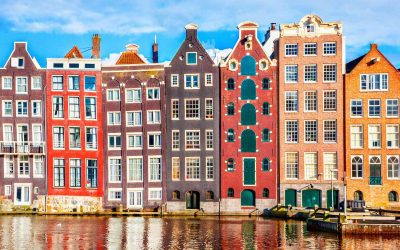Bored of traditional oil paintings at art galleries? Academic still-life and sculptures don’t seem thrilling and engaging? Modern and contemporary art are two art styles that might make a visit to a museum more colorful and exciting for anyone, including children. Throughout the years, the artistic tradition has been becoming more and more liberal, and now we can experience absolutely mind-blowing artworks, inspired by life itself. From vibrant impressionism from the 19th century to immersive installation art, from spiritual abstract art to mesmerizing performances, museums of modern and contemporary art have a lot to feast eyes and other sensory organs on.
Modern art and contemporary art: what’s the difference?
If you are not an arts major, you might confuse the two, since in general language the words “modern” and “contemporary” can be used interchangeably. In art styles, however, there is a certain difference.
Modern refers to an art movement that started in the 1860s. Modern artists, such as Vincent van Gogh, Paul Cézanne, and Paul Gauguin, experimented with new ways of seeing reality and using materials.
Contemporary art describes the current art style, used by living artists. It started forming in the late 20th century and represents the present-day global community, culturally diverse and dynamic. Its eclectic freeform has outgrown modern art, presenting works on any medium imaginable, be it video, interior design, or graphic art.
Casting aside the specifics, many museums feature both modern and contemporary art, uniting the two styles as they defy traditionalism and academism. Here are our top modern and contemporary art museums – put one down in your travel itinerary for a fun and enriching artistic experience.
Table of Contents
Tate Modern, London, United Kingdom
The world’s most renowned modern art museum, and not for no reason. Tate Modern features an extensive collection of exhibits covering numerous styles. The museum is located in the center of London, inside a spacious building, which accommodates the vast collection without making the place feel cramped.
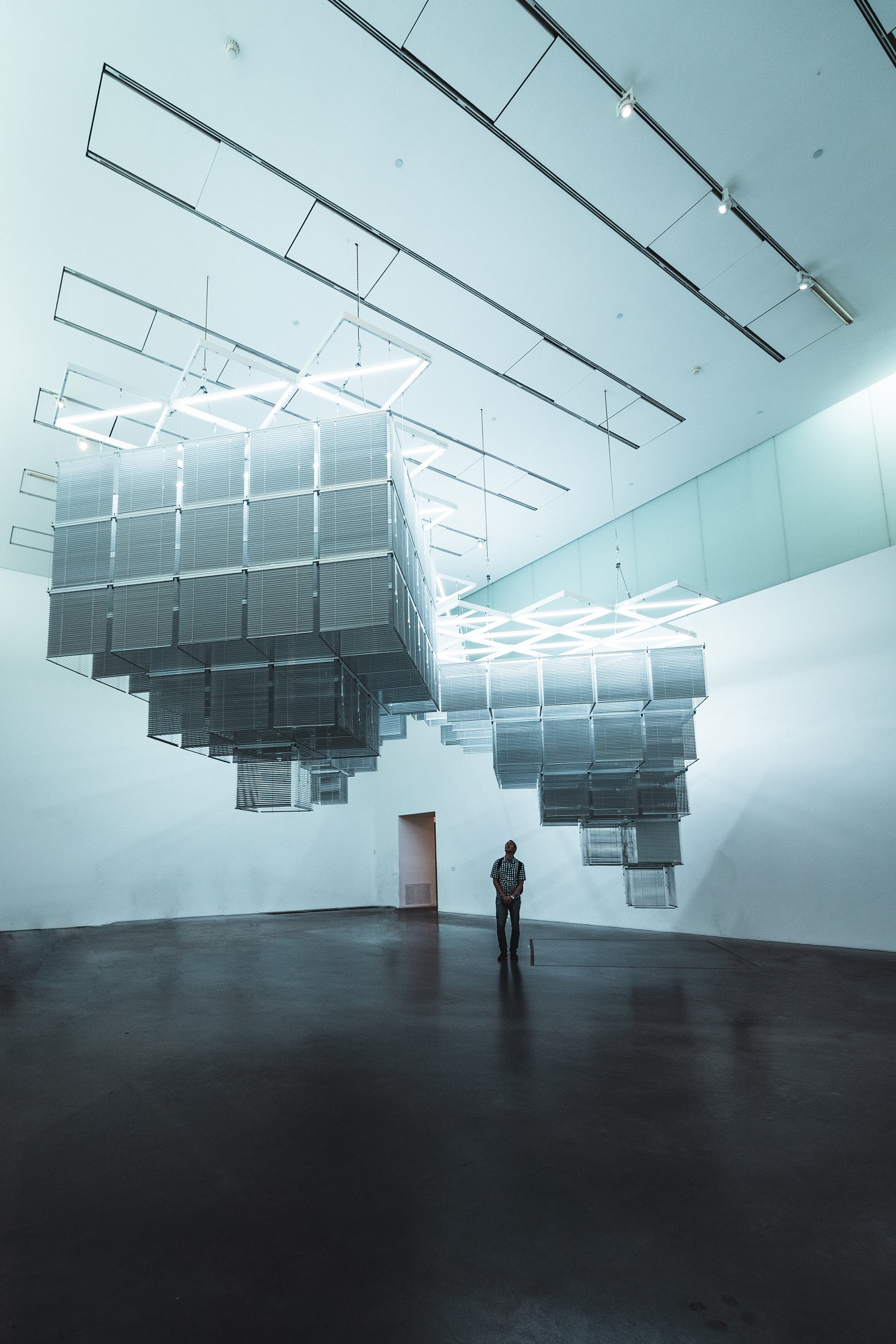
Highlight: Yayoi Kusama’s Infinity Mirror Rooms
As it is with all Britain’s national museums, there is no admission fee to see the museum’s general display. You’ll have to buy tickets for most temporary exhibitions, however – including Yayoi Kusama’s Infinity Mirror Rooms installations, which often come to Tate Modern. The myriads of star-like lights reflected in the mirrors around you is definitely not an experience to miss.
Museum of Modern Art, New York City, USA
Museum of Modern Art, also known under its acronym MoMA, challenges the conservative framework of traditional museums. From only a dozen paintings and prints at its opening in 1929, it has grown into one of the largest global collections of contemporary art on this globe, from the late 19th century to the present. MoMA is proud of its accessibility and inclusiveness for everyone; besides the general collection and temporary exhibitions, it features film screenings and various art-related activities, like artist talks and workshops.
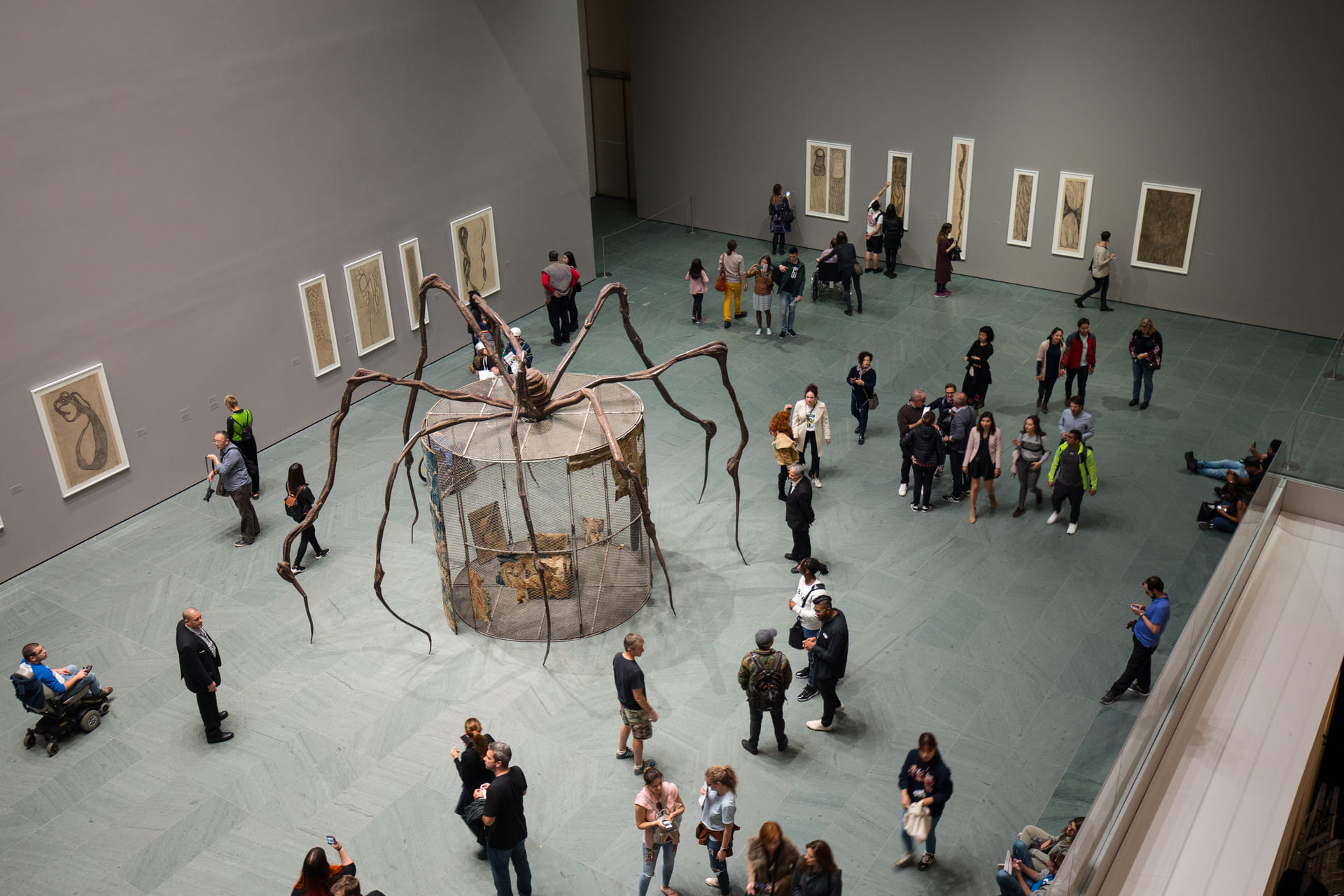
Highlight: The Artist Is Present
In 2010, Marina Abramovich engaged in a performance piece at MoMA. She had an empty chair for anyone to sit in front of her, just locking her gaze. For three months, every day, she sat motionless in the MoMA lobby for anyone to come and participate in the performance, to experiment with the concept of the present, and to explore the potential of time in art.
Centre Pompidou, Paris, France
This is one of the rare cases when a book can be judged by its cover. The building of the Center Pompidou is an intricately illuminated structure of glass and metal, reminiscent of a heart irrigated by monumental arteries in bright and primary colors. As eccentrically industrial outside as it is inside, Centre Pompidou features paintings and sculptures, as well as artistic furniture, interior designs, and metal frameworks. Among the museum’s collection are artworks of some of the most emblematic artists of the 20th and 21st century, such as Vassily Kandinsky, Marc Chagall, Henri Matisse, and Frida Kahlo.
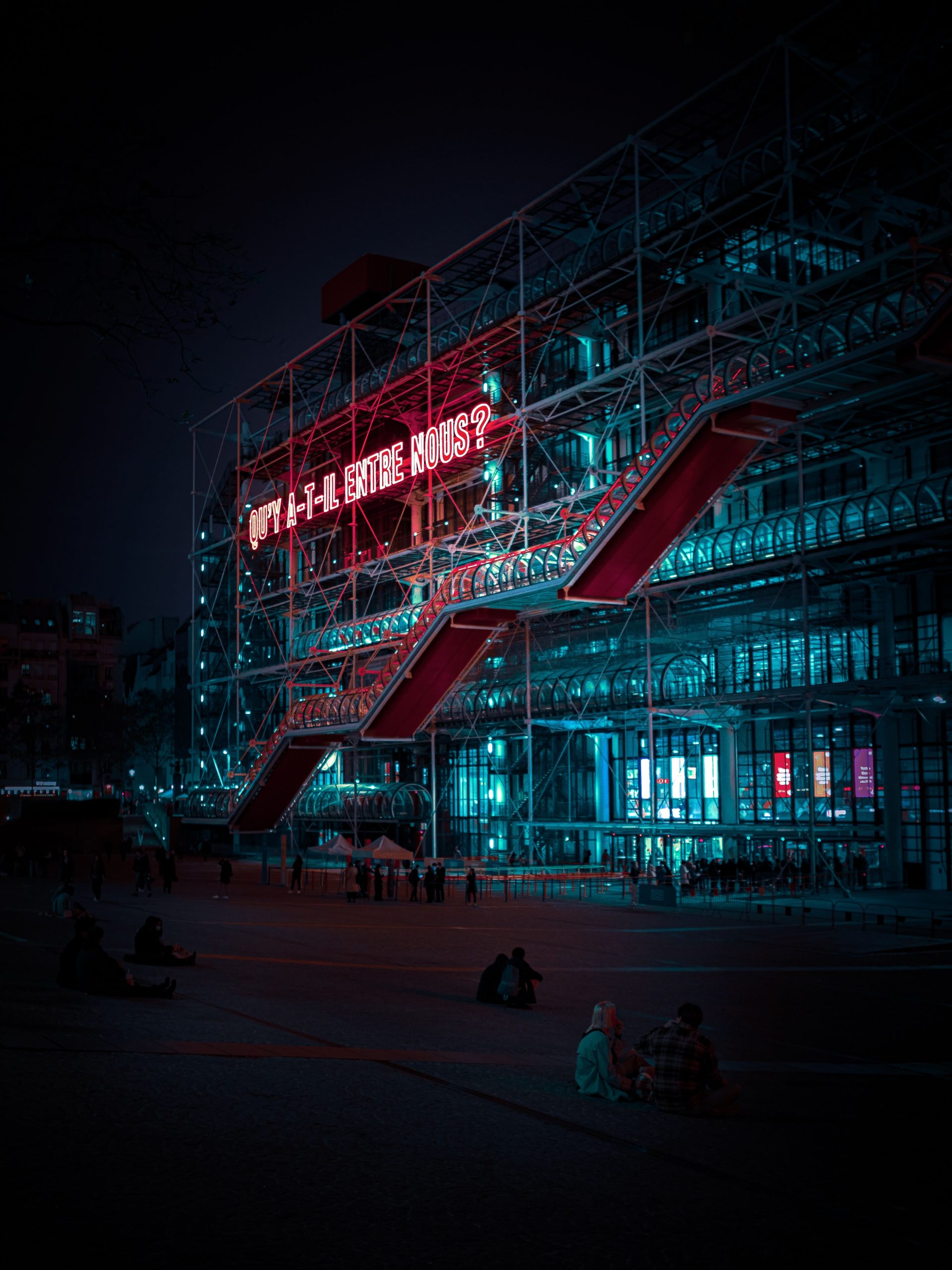
Highlight: “Dali” retrospective exhibition
With over 7,000 visitors per day, the exhibition dedicated to Salvador Dali’s art was the most successful in the history of the museum.
Museum of Contemporary Art, Sydney, Australia
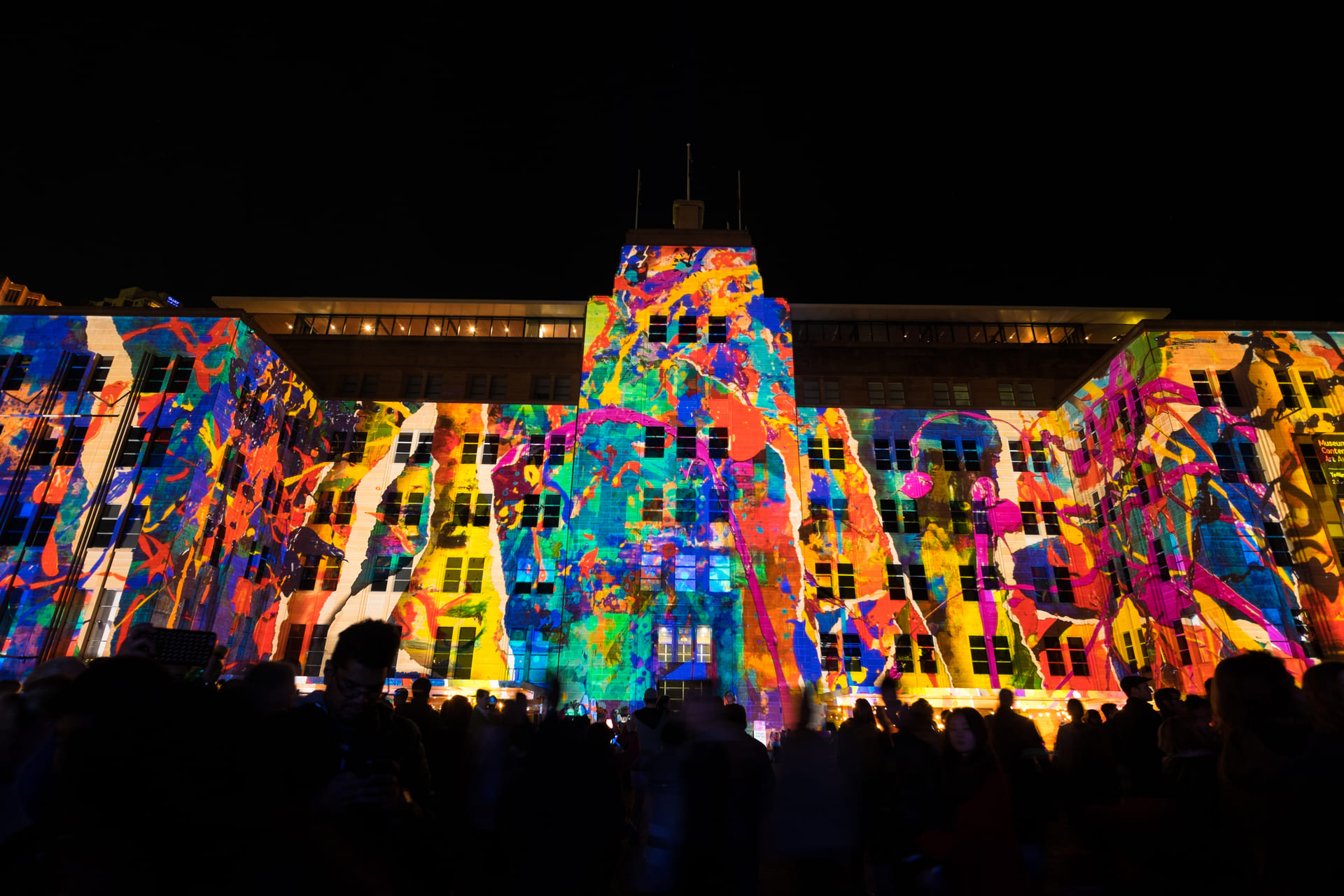
Museum of Contemporary Art celebrates works by living artists, both Australian and international, established and emerging. Access to its galleries, containing over 4000 art pieces, and temporary exhibitions, is free. Located at the edge of Sydney Harbour, on the territory of native tribes, the museum acknowledges their cultural heritage and greatly supports Aboriginal and Torres Strait Islander artists. There are also interactive programs, organized by the National Centre for Creative Learning of the Sydney Museum, that allow audiences of all ages to engage with contemporary art, explore their creativity, and reflect on ideas.
Highlight: War Is Over! (if you want it)
Yoko Ono’s War Is Over! (if you want it) project was started in the 1960s and culminated in 2013 in the Museum of Contemporary Art, spanning over five decades of artistic work. Many elements of the exhibition were interactive and ‘participatory’, like inviting visitors to write letters to their mothers and attaching them to a wall.
21st Century Museum of Contemporary Art, Kanazawa, Japan
With democracy as the main concept of its architecture, the 21st Century Museum of Contemporary Art has 4 identical entrances and 18 separate gallery spaces – so that visitors can make their own unique route through the extraordinary exhibits. The whole structure is designed as a park where people can meet up anytime. The sculptures outdoors complement the indoor exposition, separated by glass walls, which are used specifically to create a feeling of translucency and openness and avoid turning the museum into an introverted space.
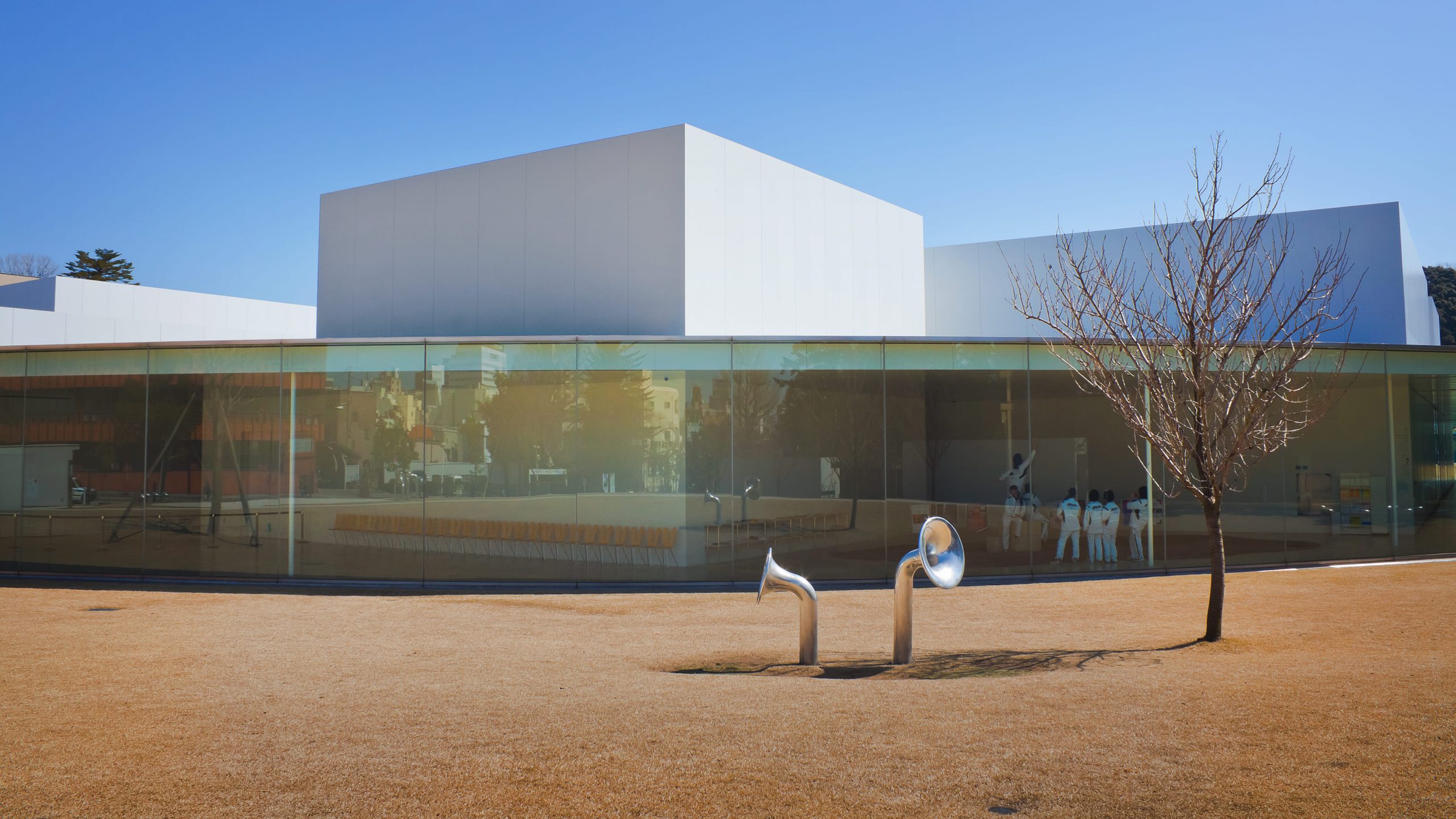
Highlight: Swimming Pool
Leandro Erlich’s “Swimming Pool” is in fact a swimming pool, as the name implies. The trick is that from the top, the people inside the installation seem like they are walking underwater completely dry, while they are simply under a layer of transparent plastic.
To plan an itinerary that incudes a visit to a museum, or to find a guide to show you around, visit GetExperience.com.

